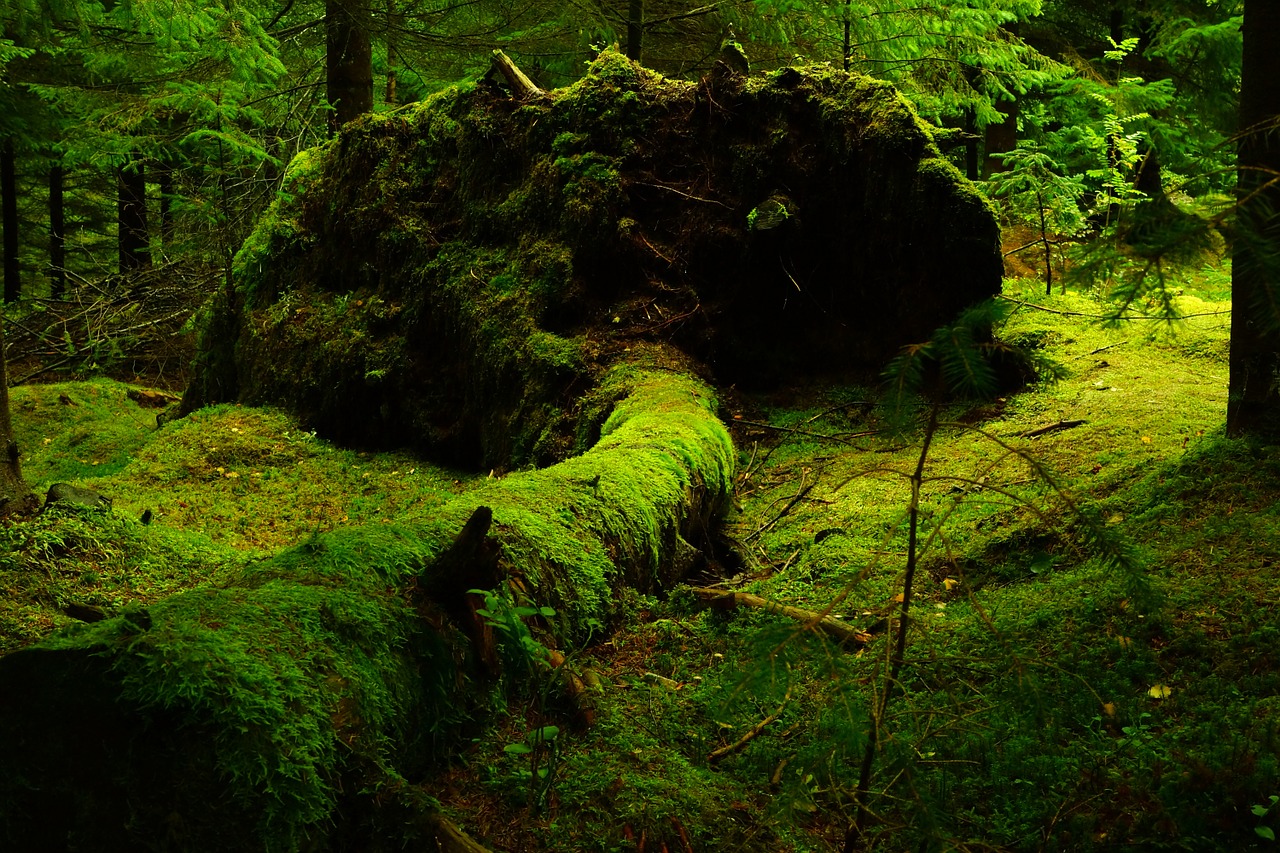The Changing Face of American Forests
Author: Nala Rogers | Published: December 29, 2016
Fossil fuel emissions are transforming forests from the bottom up by releasing massive amounts of nitrogen into soil. This may be allowing certain tree species to outcompete others, resulting in a vast shift in the composition of American forests, according to new research presented earlier this month at a scientific meeting in California. These emissions may also be worsening climate change by accelerating carbon dioxide release from the soil.
The changes hinge on the actions of fungi on the forest floor — specifically mycorrhizae, a group of fungi that form relationships with plant roots and help them obtain nutrients. Mycorrhizae are a crucial part of the forest microbiome, and, much like the microbiome of the human gut, they are integral to the health of the whole system.
“Through pollution, we’ve actually manipulated the forest microbiome, which has changed which species are present in the forest at this really grand scale,” said Colin Averill, an ecosystem ecologist at Boston University, who presented the research on December 14 at the American Geophysical Union meeting in San Francisco.
The key ingredient in these processes is nitrogen, a central building block of life which all plants need to grow. Bacteria and fungi in the soil decompose dead plants and other organic detritus and break down the nitrogen contained therein, transforming it into an inorganic form trees can readily use.

